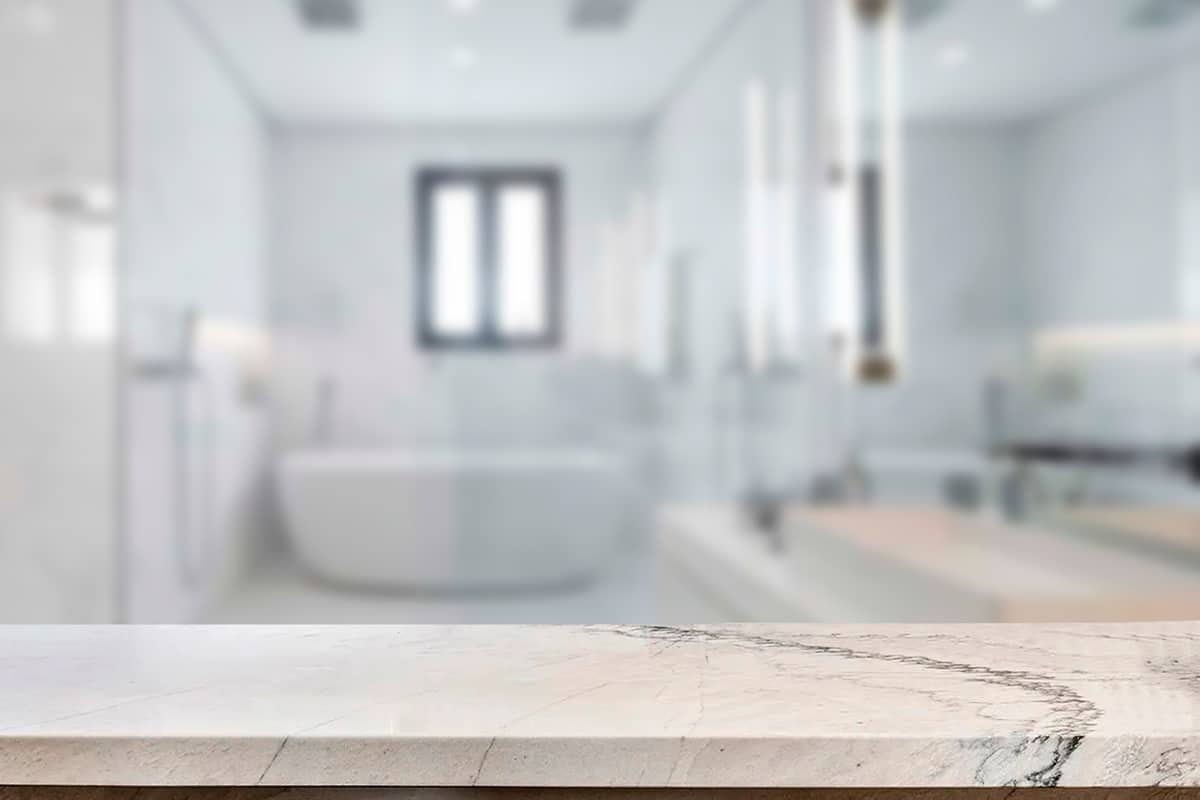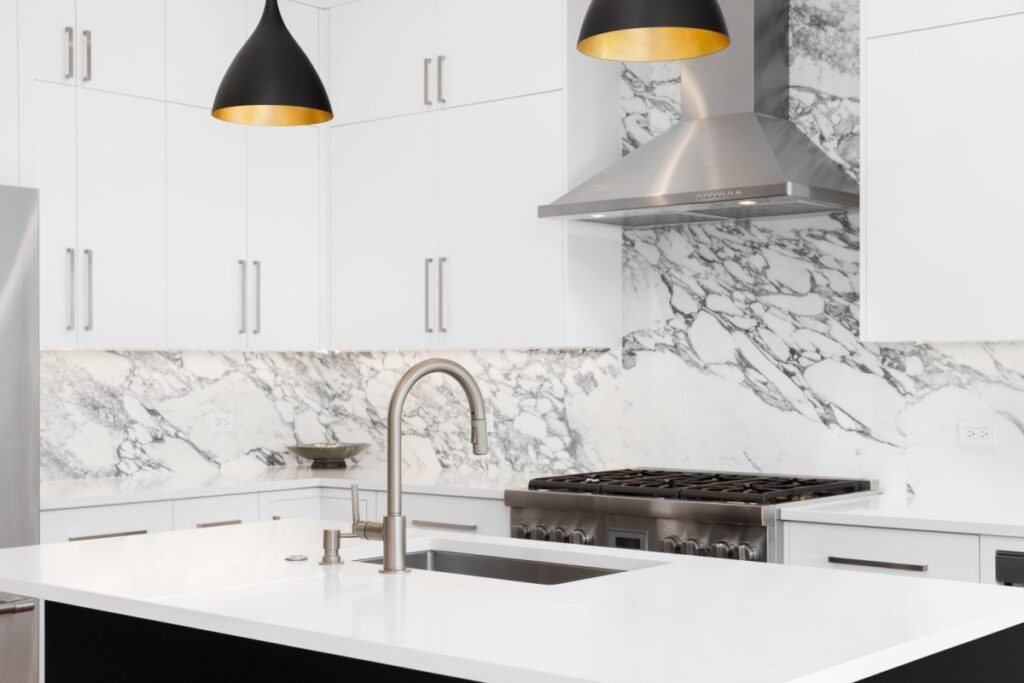Marble tiles are a brilliant addition to any space. They give a sense of elegance and indulgence, and they add a timeless look. However, as marble is a natural stone, it does require a bit more care and attention to maintain its naturally beautiful look.
With proper care and maintenance, marble tiles can stay in pristine condition for years. So, here’s our care guide for marble tiles.
Step 1: Daily Cleaning
Routine, daily cleaning is essential for marble tiles.
Use a soft, damp cloth to wipe down surfaces and to pick up dust or dirt without scratching the stone. Avoid harsh chemical cleaners and acidic substances, like lemon juice, which can dull the stone.
When cleaning your marble tiles, go for pH-neutral cleaners that are specifically designed for natural stone. Just mix the cleaner with warm water, add it to a hot cloth and wipe away any spots of dirt.
Step 2: Handling Spills
Marble is a porous stone so it will absorb liquids, which can quickly lead to stains. If something spills on your marble tiles, quickly blot it. Do not rub.
If you have marble kitchen tiles, be careful with ingredients like lemon juice, vinegar, spicy sauce and curry, which can etch the marble surface.
In bathrooms, avoid letting products with strong dyes or oils sit on the surface of the marble for extended periods of time.
When preventing stains, a quick response is the best way to prevent colours from setting in.
Step 3: Polishing and Sealing
Marble tiles will dull slightly over time, but this can be corrected with regular polishing. Polish with a gentle marble polish applied with a soft cloth and buffed to a shiny finish.
Remember, though, that polishing alone won’t protect against stains and spills. Applying a sealant is key. Marble polishes create a protective barrier, reducing the likelihood of liquids and stains being absorbed.
You should polish and seal marble once or twice a year, depending on how much use and wear the marble gets. Make sure you choose a high-quality, stone-safe sealant and always follow the manufacturer’s guidelines when applying polish.
Step 4: Preventing Scratches
Marble is prone to scratching, so it’s a good idea to take preventative measures against this. You should use rugs or mats in high-traffic areas, like around entrances or near kitchen sinks. For kitchen counters, put mats under hot pans or sharp objects. If you have marble floor tiles, you could put pads on sofa and chair legs, to prevent scratching.













